|
Further along Victoria Road hidden among the trees is a house by a pupil of Frank Lloyd Wright. Designed in 1952 by Sean Kenny, it is a elegant recreation of the style
0 Comments
Between the two stations lay the city docks. This is a drawing of a photograph taken in 1978 before the docks moved upstream and most of the attendant warehouses were demolished.
. Further south along the river is the terminus for the former County Donegal Railway. This followed the river south to Strabane where it crossed over into County Donegal. The narrow gauge line opened in 1900 and closed in 1954. Parts of the former station have since been used for a variety of uses including restaurant, shirt factory, bathroom showroom, office furniture showroom and bonded warehouse The railway that runs along the edge of Eglinton airfield once terminated here at the former Belfast and Northern Counties station. This was designed by John Lanyon in 1873. It was blown up in the 1970’s which is why it now has a glazed central portion, but it is still a building of great character
A mile from the village is what used to be known as Eglinton Airfield. Built during World War II to accommodate fighter planes providing cover for the North Atlantic convoys, it is now used as the City of Derry Airport. A few remnants of its former use survive however, such as this ‘Blister’ type aircraft hangar to the south of the airfield.
The character of Eglinton, is dominated by the rows of mature trees lining the main street. Behind these are a number of elegant formal buildings.
Centrepiece of the village is the former court house. Recently converted, to a high standard, into the local Credit Union. This had an open ground floor market space behind arches when first built in the 1820’s. The building was an important part of the effort to improve the character of the village by the Grocer’s Company of London, who were the local landlords from the Plantation of 1613 to the 1880’s
Eglinton Manor House. Built as the residence for the local representative of the Grocer’s Company in the 1820’s. In the Georgian style, it complements the setting of the cut stone court house next door.
Eglinton Church dates from 1820. Built at the expense of the Grocer’s Company and designed by John Bowden of Dublin. The gable wall of its predecessor was retained in the adjoining graveyard
Off to #Eglinton village. This is the police station. Neo Georgian, TFO Rippingham, Elegant, well proportioned
|
Marks of Time
Sketches of buildings in the North West of Ireland and further afield with a little information about their history. Categories
All
Archives
June 2024
|

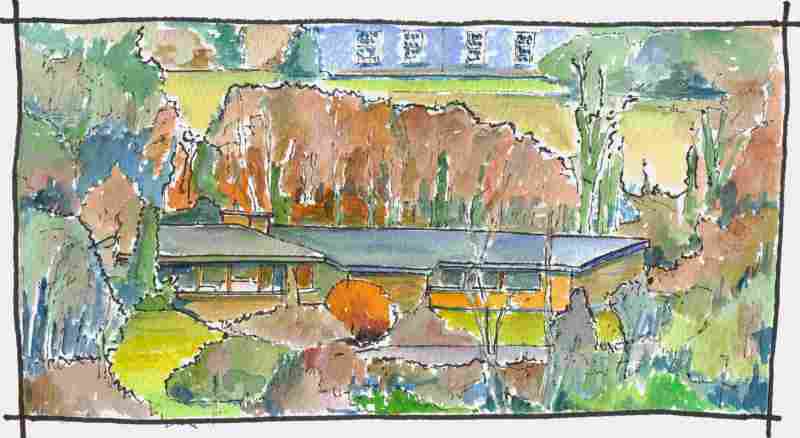
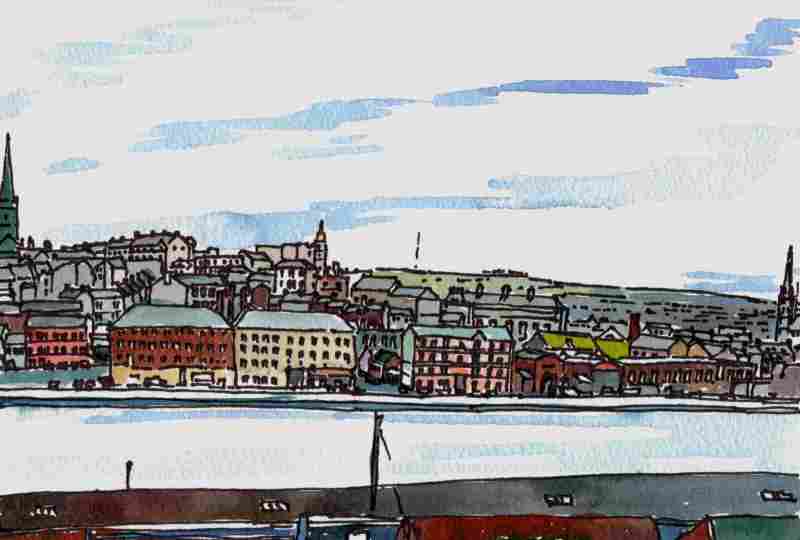
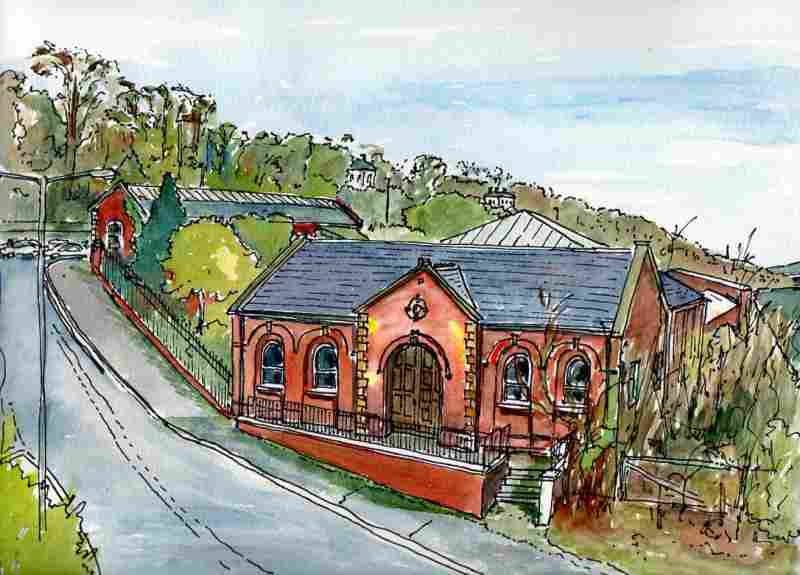
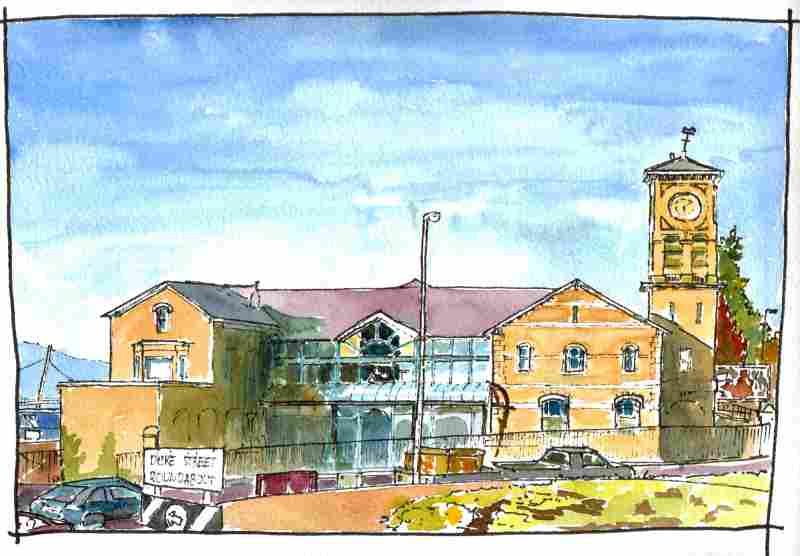
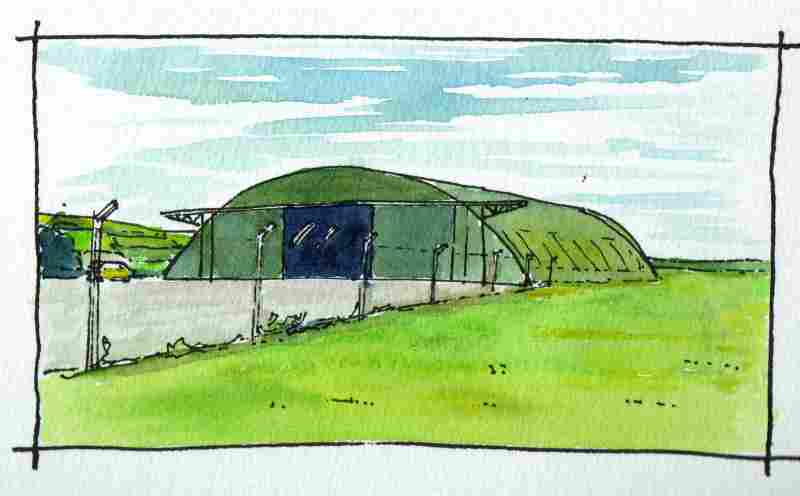
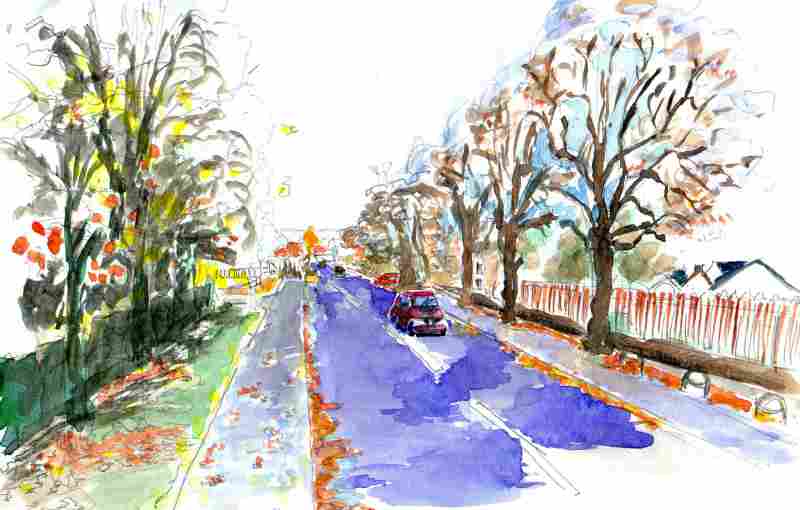
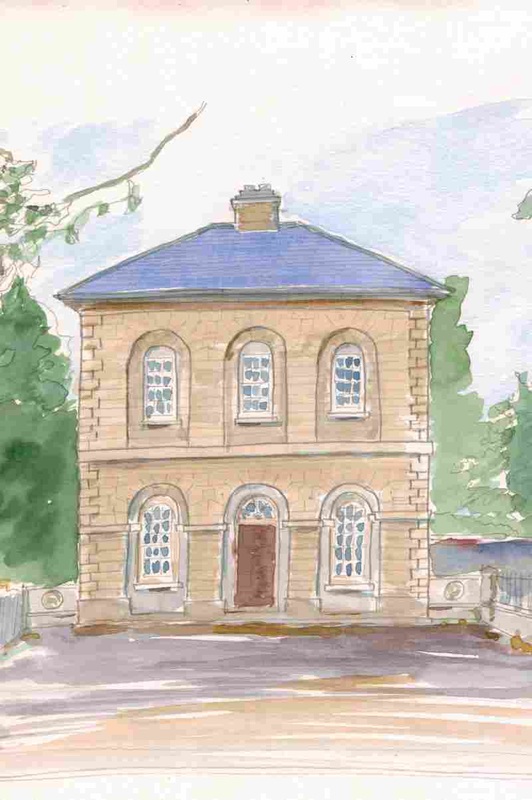
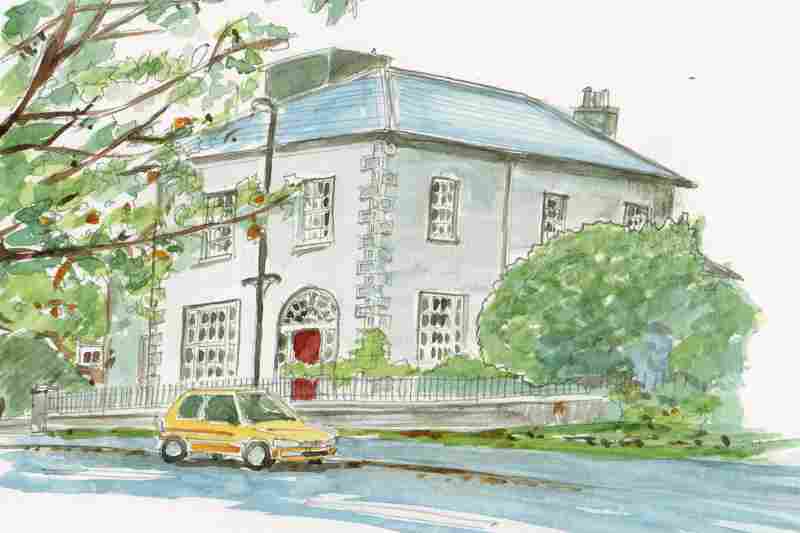
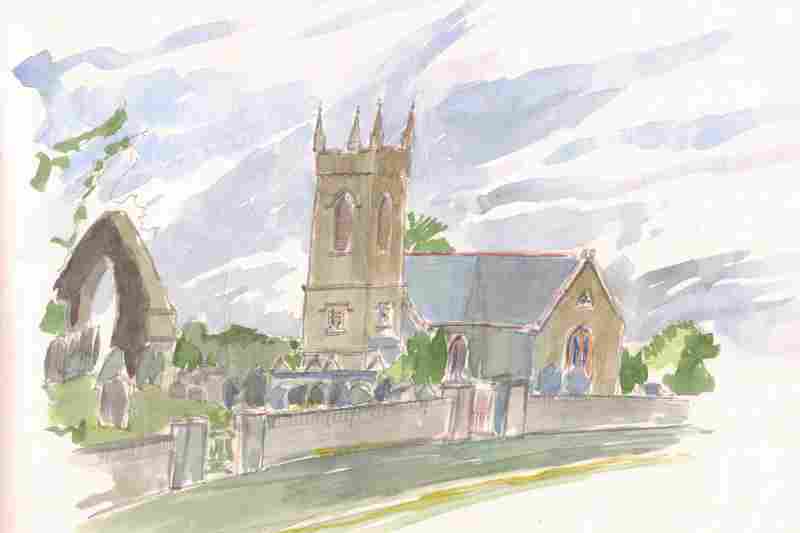
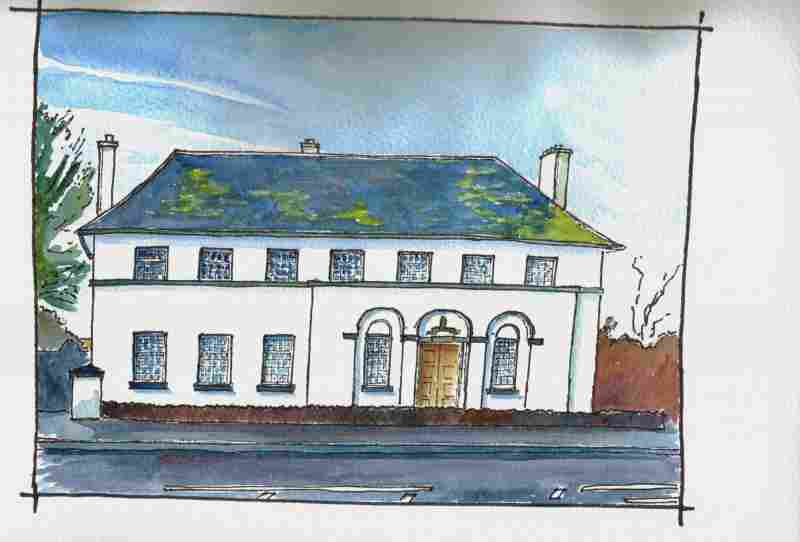
 RSS Feed
RSS Feed
